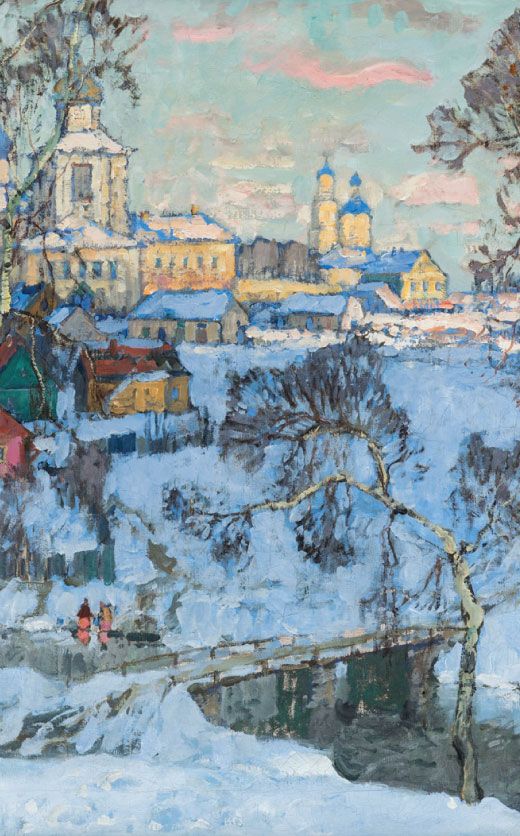Nigerian Ibibio Wood Ekon Puppet - Shrine Figure
Lot 53a
About Seller
Artemis Fine Arts
686 S Taylor Ave, Ste 106
Louisville, CO 80027
United States
Selling antiquities, ancient and ethnographic art online since 1993, Artemis Gallery specializes in Classical Antiquities (Egyptian, Greek, Roman, Near Eastern), Asian, Pre-Columbian, African / Tribal / Oceanographic art. Our extensive inventory includes pottery, stone, metal, wood, glass and textil...Read more
Categories
Estimate:
$1,000 - $1,500
Absentee vs Live bid
Two ways to bid:
- Leave a max absentee bid and the platform will bid on your behalf up to your maximum bid during the live auction.
- Bid live during the auction and your bids will be submitted real-time to the auctioneer.
Bid Increments
| Price | Bid Increment |
|---|---|
| $0 | $25 |
| $300 | $50 |
| $1,000 | $100 |
| $2,000 | $250 |
| $5,000 | $500 |
| $10,000 | $1,000 |
| $20,000 | $2,500 |
| $50,000 | $5,000 |
| $100,000 | $10,000 |
| $200,000 | $20,000 |
About Auction
By Artemis Fine Arts
Aug 22, 2025
Set Reminder
2025-08-22 10:00:00
2025-08-22 10:00:00
America/New_York
Bidsquare
Bidsquare : Indigenous Art - Ralph T. Coe Center, Santa Fe, NM
https://www.bidsquare.com/auctions/artemis-gallery/indigenous-art---ralph-t-coe-center-santa-fe-nm-20324
Featuring works of art from the Ralph T. Coe Center for the Arts in Santa Fe, New Mexico, a non-profit focused on promoting Indigenous Arts globally. All proceeds from the sale of these items will support future grants to Rehoming Program participants. Artemis Fine Arts info@artemisfinearts.com
Featuring works of art from the Ralph T. Coe Center for the Arts in Santa Fe, New Mexico, a non-profit focused on promoting Indigenous Arts globally. All proceeds from the sale of these items will support future grants to Rehoming Program participants. Artemis Fine Arts info@artemisfinearts.com
- Lot Description
West Africa, Nigeria, Ibibio People, Anang Area, ca. early 20th century CE. A dynamic and culturally rich wooden figure from the Ibibio people of southeastern Nigeria, this early 20th century carving likely functioned as an Ekon puppet from the Anang area, imbued with layers of ritual and theatrical significance. Carved from a single block of wood, the figure depicts a young woman - possibly linked to water priestess traditions - adorned with a snake skin belt at her hips, symbolic of fertility, divine protection, and spiritual potency. Figures of this type served multiple roles within Ibibio society. In sacred contexts, they could be housed on Idiong divination shrines or associated with water spirits. In performative settings, they appeared as articulated puppets for the Ekon drama society - an institution famed for satirical plays staged roughly every seven years. Size: 10.4" L x 9.3" W x 24.1" H (26.4 cm x 23.6 cm x 61.2 cm)
Performed by young men from influential families, these productions offered a socially sanctioned space for biting political and social commentary, often delivered with humor and risque undertones. Through such masked critique, Ekon puppetry maintained a delicate societal balance, ensuring communal grievances could be aired without reprisal.
This figure embodies the archetype of the Mbobo - a young woman undergoing female puberty rites, known in colonial parlance as the "fattening-house" custom. In this seclusion, girls were pampered, richly fed, and adorned with body paint to emerge as embodiments of youthful beauty and marriageability. Here, the sculptor captures her grace in the elongated neck, serene facial expression, and the elaborate Ibibio coiffure: thick, arched braids framing the face.
The outstretched, articulated hands suggest active performance use, while her unusual footwear - low-heeled pumps - hints at a playful nod to contemporary fashions and social aspiration. The original surface bears traces of its once vivid polychromy, likely red and white earth pigments before later overpainting in darker tones. Figures like this stand at the intersection of ritual object, social satire, and performative art, preserving a rare glimpse into Ibibio cultural life in the early 20th century.
Exhibited at Oberlin College, Allen Memorial Art Museum in "Selections from the Ralph T. Coe Collection of African Art" from October 3rd to December 15th, 2002.
Published in the catalog for the Oberlin College exhibit: p. 25, ill. #9.
Provenance: Ralph T. Coe Center for the Arts, Santa Fe, New Mexico, USA, acquired via descent in 2010; ex-private collection of Ralph T. Coe, Santa Fe, New Mexico, USA, purchased in 1969 from an African trader in Kansas City, Missouri, USA
All items legal to buy/sell under U.S. Statute covering cultural patrimony Code 2600, CHAPTER 14, and are guaranteed to be as described or your money back.
A Certificate of Authenticity will accompany all winning bids.
We ship worldwide and handle all shipping in-house for your convenience.
#196424Losses to fingers and weathering to surface as shown. Areas of old, inactive insect damage. Chipping to underside of heels. Rich patina throughout with good remains of pigments.Condition
- Shipping Info
-
All shipping is handled in-house for your convenience. Your invoice from Artemis Fine Arts will include shipping calculation instructions. If in doubt, please ask before bidding for estimated shipping costs for individual items.
-
- Buyer's Premium



 EUR
EUR CAD
CAD AUD
AUD GBP
GBP MXN
MXN HKD
HKD CNY
CNY MYR
MYR SEK
SEK SGD
SGD CHF
CHF THB
THB














